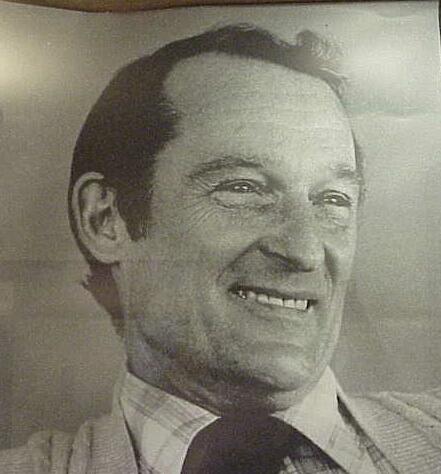Seymour Cray
|
Seymour Cray Creator of the first super computer Cray I
In 1960 Seymour Cray won the reputation of a genius in designing high performance computers and completed the design of the first fully transistorized computers: Control Data 1604. Straight after that he started the design of the first system that was worthy to be called a supercomputer: the CDC 6600 with a freon-cooling system, then hold technically impossible. Also for this system he developed an instruction set that would later be called RISC (a term coined by Dave Patterson)
Seymour Cray who started the development of supercomputers shaped the high performance computing industry for years to come, that was around 1970.
The last system that Seymour worked on at CDC was the 8600 a first in massive parallelism and multi processor architecture. In the same time this type of machine was too far ahead of time and the project got scrapped by management due to cut backs in budgets and payroll difficulties.
In 1972, Seymour Cray founded Cray Research to design and build the world's highest performance general-purpose supercomputers. His Cray-1 computer established a new standard in supercomputing upon its introduction in 1976.
In the years following the company's founding, Seymour Cray relinquished the company's management reins to devote more time to computer development. From 1972 to 1977 he served as director, chief executive officer, and president of the company. In October 1977, he left the presidency, but remained chief executive officer and became chairman of the board. In 1980, Mr. Cray resigned as chief executive officer, and in 1981, he stepped aside as chairman of the board to devote himself full time to the Cray-2 project as an independent contractor for Cray Research. For some time, he remained a director and a member of the Policy Committee. Later, Cray worked to develop a successor to the Cray-2 system and explored gallium arsenic technology.
Following the CRAY-2, was the CRAY-3 which was not commercially successful. Too far behind schedule and too many technologically hurdles left, this is why the machine got dumped by the management. He never completed the CRAY-4 and left the company.
When he had to close the doors on Cray Computer Corporation in 1994, he immediately began to evaluate options available to build high performance systems out of commodity parts. He was impressed with the strides that the microprocessor manufacturers had made, and was convinced that within another iteration or two, the off-the-shelf microprocessor would provide performance competitive with custom processors. Convinced early this year that he knew he could provide very high performance at very low cost, he put into place his plans and started a new company, one which bears his initials, SRC Computers, Inc. The company will continue to follow the path laid out by Seymour and will deliver a product of Seymour's design.
He died in 1996 in Colorado Springs.
Famous quote:
When told that Steve Jobs bought a CRAY to help design the next Apple, Seymour Cray said, "Funny, I am using an Apple to simulate the CRAY-3."
Magazine Articles Mentioning Seymour Cray :Historical Timeline for Seymour Cray :
|
|






















